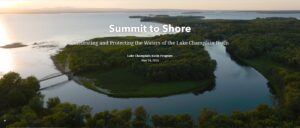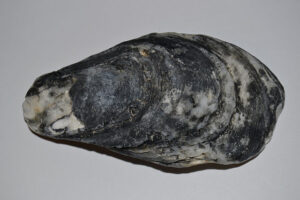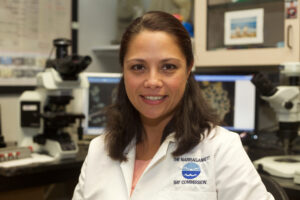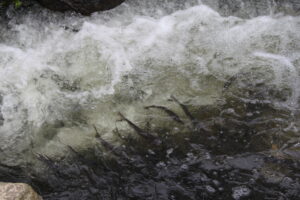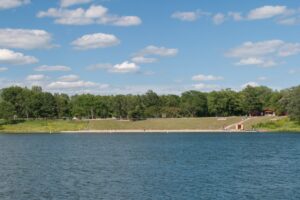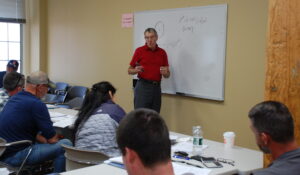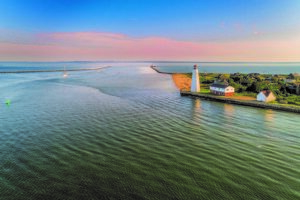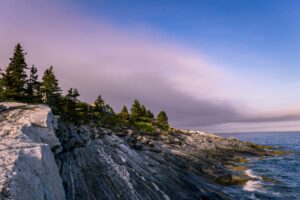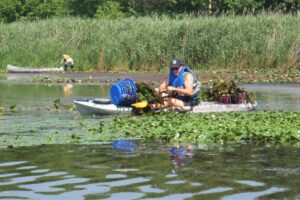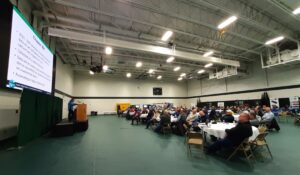-
Video Series Offers a Virtual Tour of Lake Champlain Landscapes and Shares Stewardship Stories
The Patrick Leahy Lake Champlain Basin Program, in partnership with Peregrine Productions and NEIWPCC, launched a new video series, “Summit to Shore,” celebrating the beauty of the basin and highlighting…
-
Funding Available to Map Oyster Population in the Hudson River
NEIWPCC, in cooperation with the New York State Department of Environmental Conservation’s (NYSDEC) Hudson River Estuary Program, is inviting proposals from qualified consultants to survey American oyster (Crassostrea virginica) distribution…
-
A Passion for Microbiology: Trainer Nora Lough
By Beth MacBlane On any given day, one can find Nora Lough peering into a microscope studying bacteria and other microorganisms that underpin the wastewater treatment process. “Working in wastewater…
-
Climate Change Impacts on Diadromous Fish Populations in the Northeast
By Devon Case In the diverse aquatic tapestry of the Northeastern U.S., diadromous fish – species that migrate between freshwater and saltwater – play a crucial role in maintaining ecological…
-
New Season of Clean Water Podcast Launches on Innovative Approaches to Water Quality Improvement
The third season of the “Clean Water Pod” podcast will focus on stories from across the country that showcase innovative approaches within the Clean Water Act 303(d) Program. For the…
-
A 25-year Career Teaching Wastewater Operators: Don Kennedy
By Beth MacBlane Over the course of Don Kennedy’s multi-decade career, he enthusiastically taught thousands of operators about industrial wastewater treatment and collection systems throughout the Northeast. Kennedy began working…
-
Reducing Long Island Sound’s Hypoxic Waters
By James Ammerman For decades, the Long Island Sound (LIS), located between New York and Connecticut, has had a chronic problem with bottom water hypoxia, or oxygen depletion, due to…
-
Call for Abstracts: Nonpoint Source Conference
NEIWPCC is now inviting abstracts for the 35th Annual Nonpoint Source (NPS) Conference, to be held April 9-10, 2025 in Freeport, Maine. NEIWPCC is coordinating the conference in partnership with its…
-
New Funding Expands Water Chestnut Management in Massachusetts and Rhode Island
The Southeast New England Program (SNEP) awarded NEIWPCC a $100,000 grant for habitat restoration efforts in two interstate watersheds. The funding supports continued work on the Community-Based Habitat Restoration: Water…
-
Call for Abstracts Now Open: North Country Convention
NEIWPCC and Maine’s Joint Environmental Training Coordinating Committee (JETCC) are now inviting abstracts for the North Country Convention, to be held April 2-3, 2025, in Presque Isle, Maine. The two-day…
